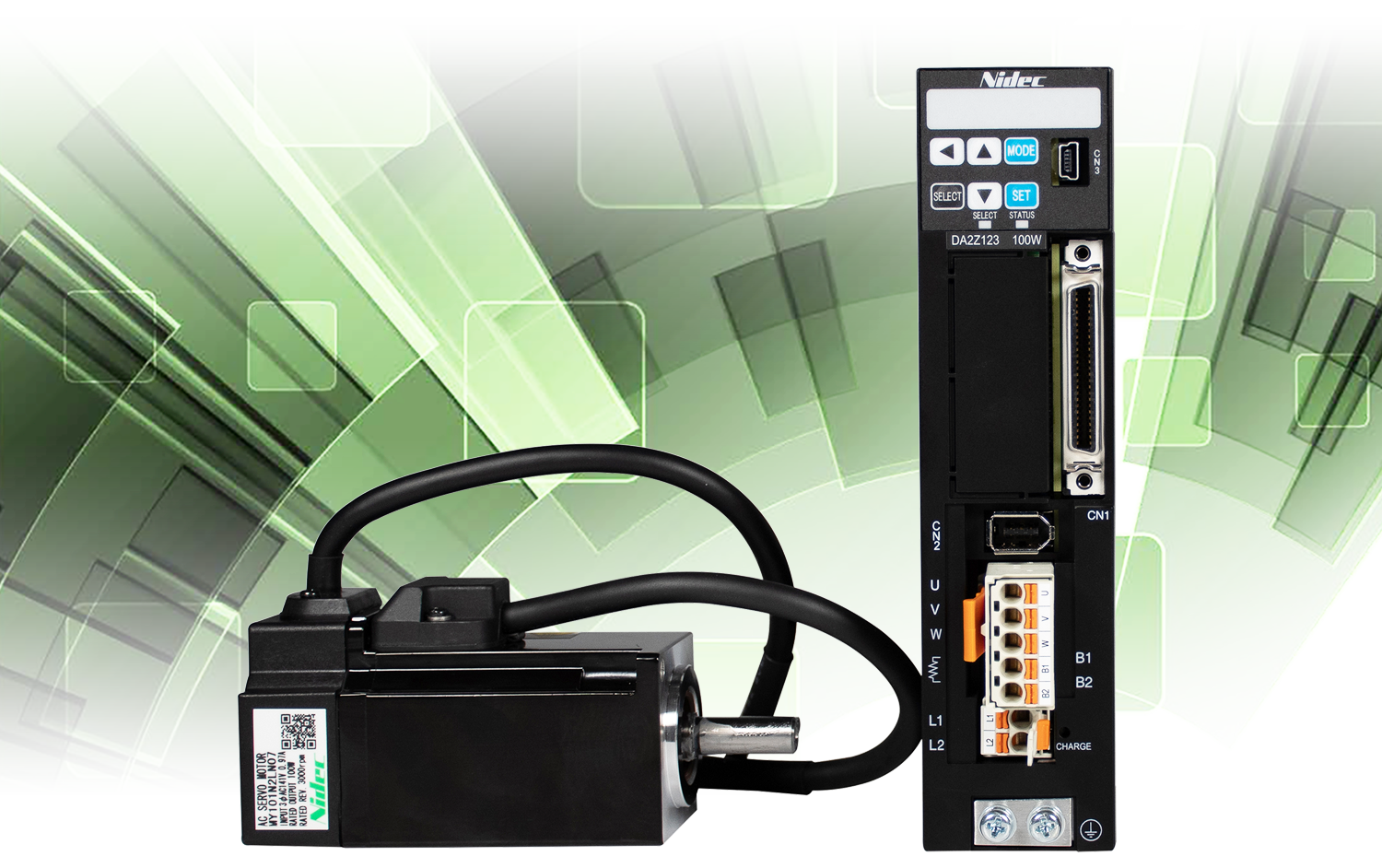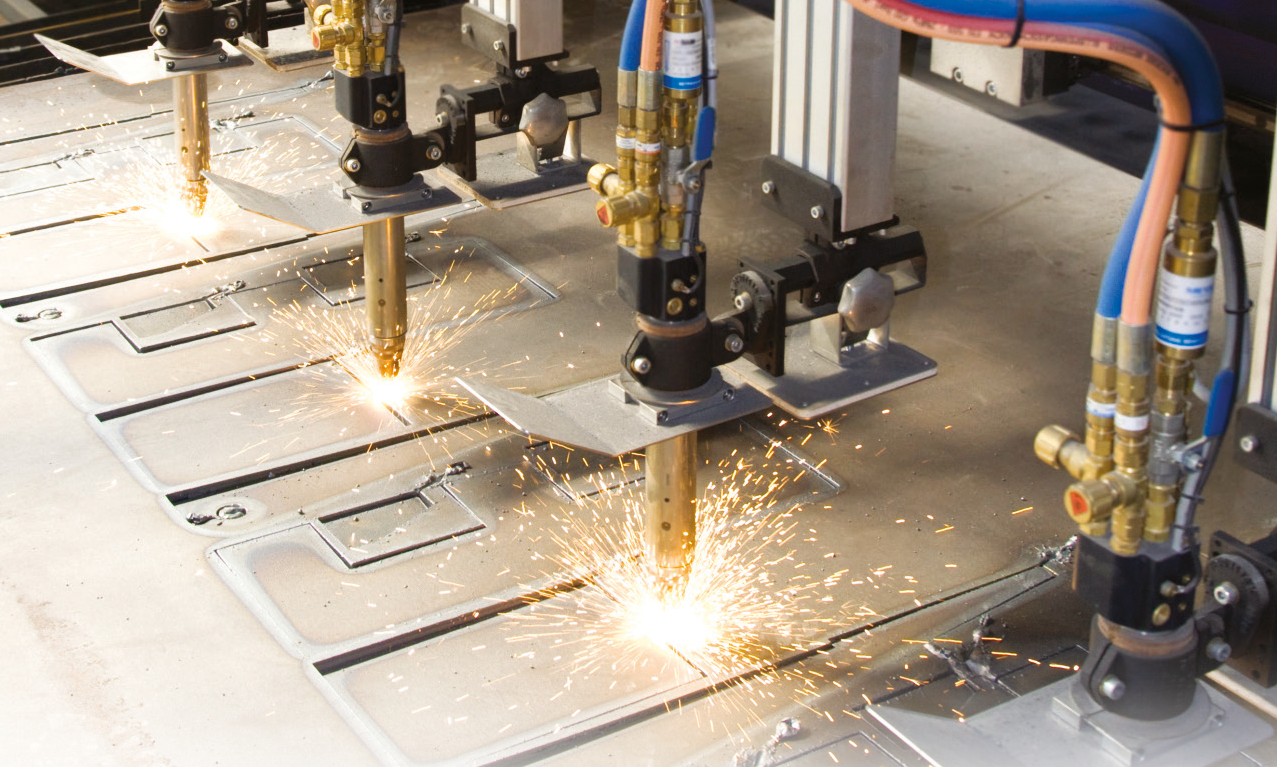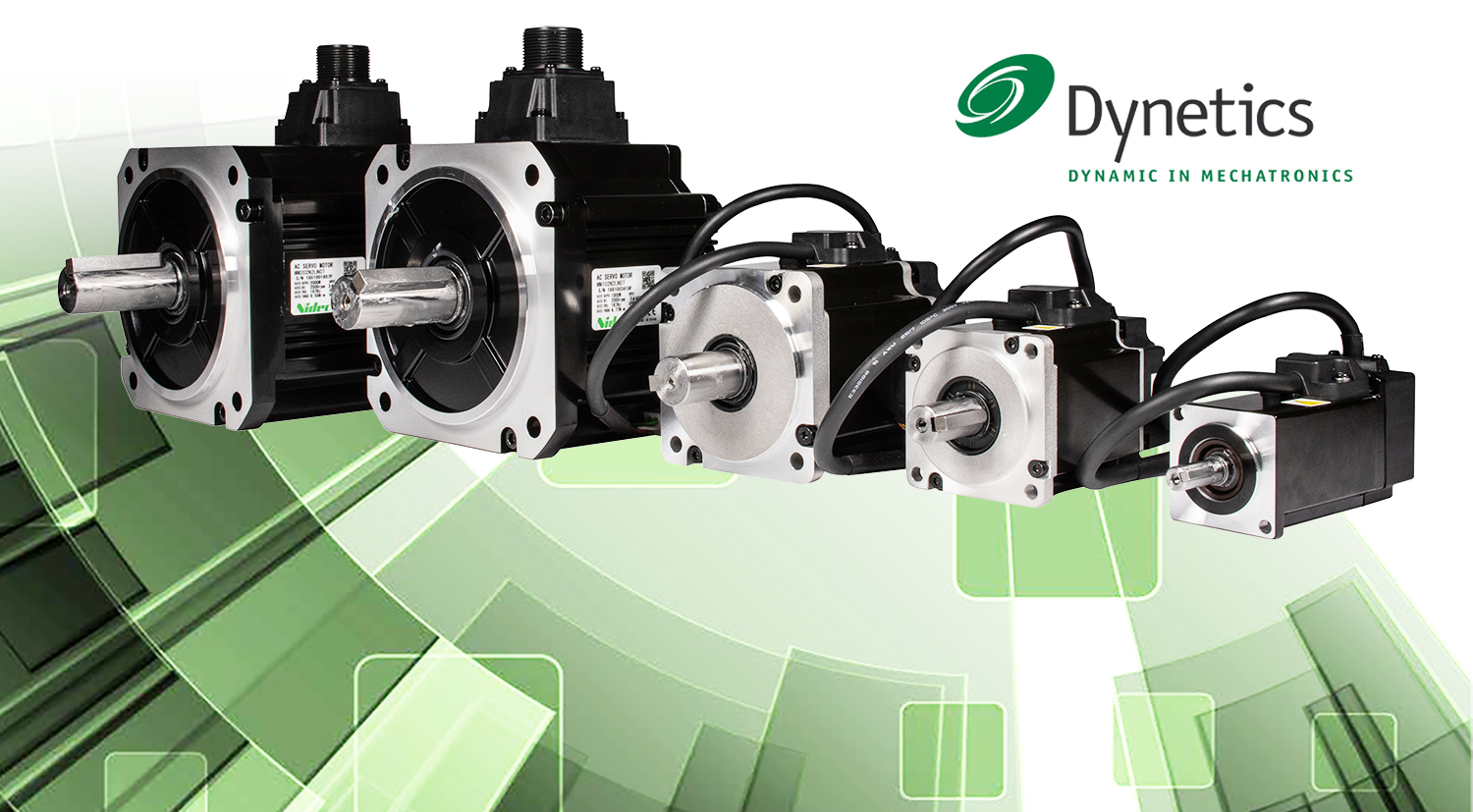Servo motors and stepper motors are designed for very different performance characteristics. To determine which
type of motor is suitable for a particular application, it is necessary to understand the differences between
the two technologies and consider their respective advantages and disadvantages, along with other factors such
as cost and complexity.

Digifax SF servo amplifier and motor:
To avoid interference from variable frequency drives (VFD) and other devices, the cable between the
servo motor and the controller is shielded
Servo motors
In general, servo motors are the better choice for applications requiring precise and accurate positioning
during operation at high speeds and varying loads. Servo motors operate in a closed loop. The servo amplifier
and servo motor Digitax SF is an example of a compact, cost-effective and easy-to-use solution with low power
consumption without large losses.
The Digitax SF concentrates on the low power segment of 200 V with outputs
from 50 W to 2 KW with flange sizes of 40, 60, 80 and 130 millimetres. The IP65 or IP67 rated servo motor is
fast, reliable and easy to operate via the amplifier - thanks to its built-in keypad and 6-digit 7-segment
status display for easy commissioning, parameter setting and tuning. The motor speed is infinitely variable, up
to 2000 or 3000 revolutions per minute, depending on the version. The versatile analogue or pulse train
interface allows easy integration into motion controllers or PLCs.



